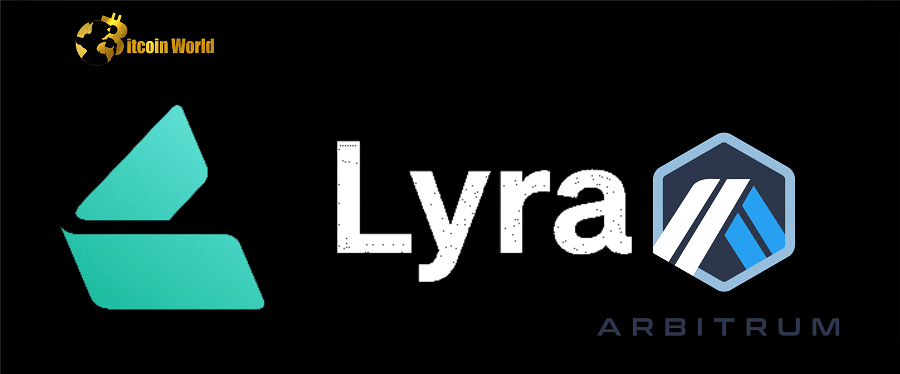With the Newport upgrade, Lyra is now connected with GMX perpetual, providing users with enhanced capital efficiency and usability.
After successfully launching its Newport upgrade this week, Lyra, an automated market maker for crypto traders to purchase and sell options, is now a multichain protocol.
Originally operating just on Ethereum layer 2 network Optimism, Lyra has extended to Arbitrum, another layer 2 platform, and connected with decentralized exchange GMX perpetual, a derivative trading instrument with no expiration date.
“Paul,” a core contributor for Lyra, told CoinDesk, “One of the primary reasons we chose to start on Arbitrum and GMX was that we observed separate communities growing on each chain. There are users who exclusively employ Arbitrum and users who exclusively employ Optimism. We discovered that limiting ourselves to a certain subset of users makes little sense.
Prior to the upgrade, the market maker vaults (MMV) of Lyra paid swapping costs for each collateralization and hedging deal. When a trader purchases a call option contract on ether (ETH), for instance, Lyra’s MMVs will purchase ether from a spot market and suffer a cost. Once the trader’s position has been closed, Lyra’s MMVs would resell the ETH used as collateral, incurring another charge.
Consequently, the procedure was inefficient, and liquidity providers in Lyra’s MMVs had reduced yields due to shifting fees.
Every time a trader purchases an option contract, Lyra’s MMVs no longer need to swap the underlying asset, such as ETH, to collateralize or hedge. Instead, options are now partially collateralized with cash, and Lyra hedges its exposures using GMX perpetual.
As a result of the Newport update, the Lyra Twitter account stated that switching fees “should be decreased with cost savings passed on to [liquidity providers] in the form of a larger yield from the same volume of trade.”
Lyra’s total notional trading volume surpassed $1 billion for the first time on January 16, and its trading volume has climbed 8.4% over the past 30 days.














